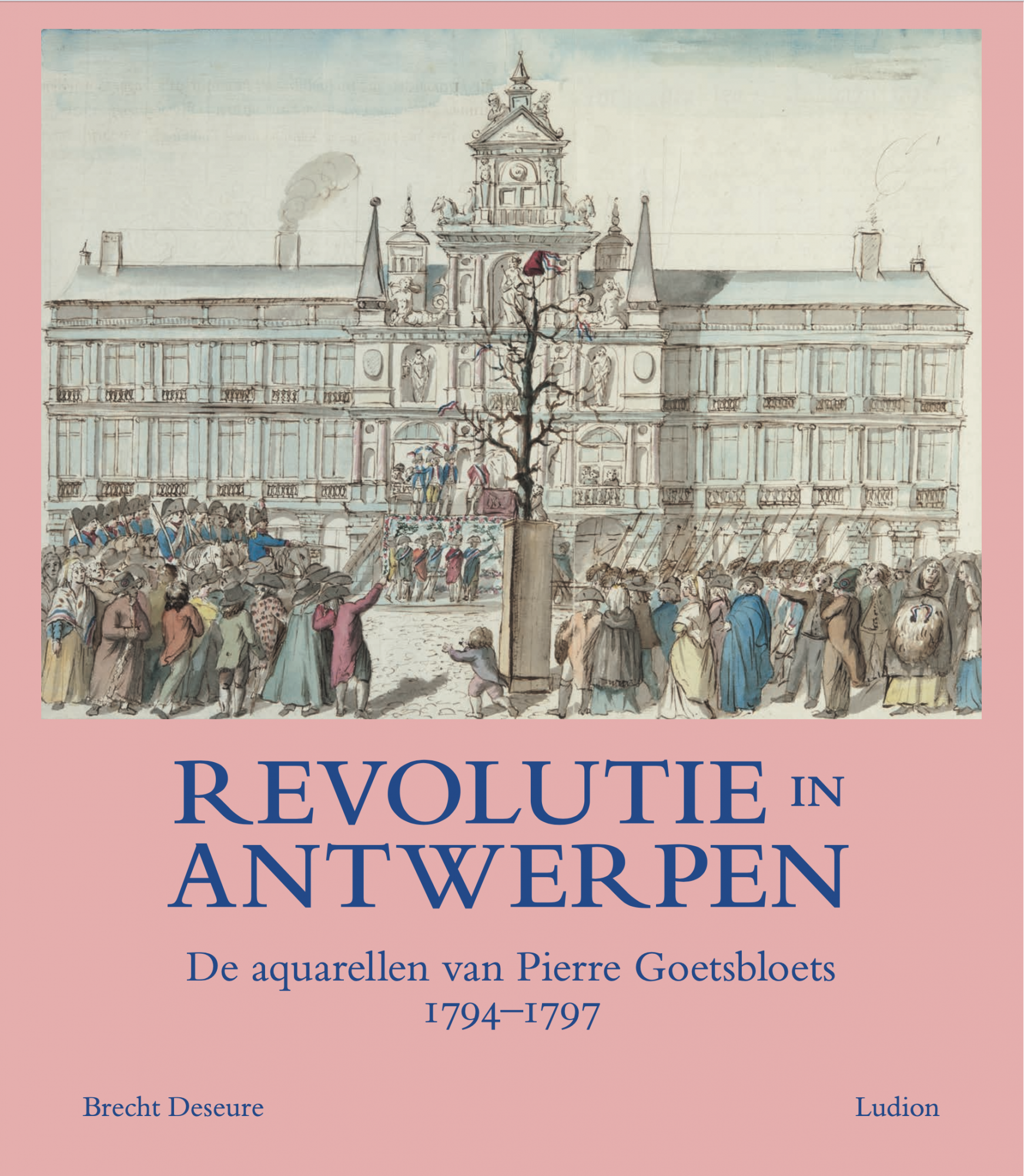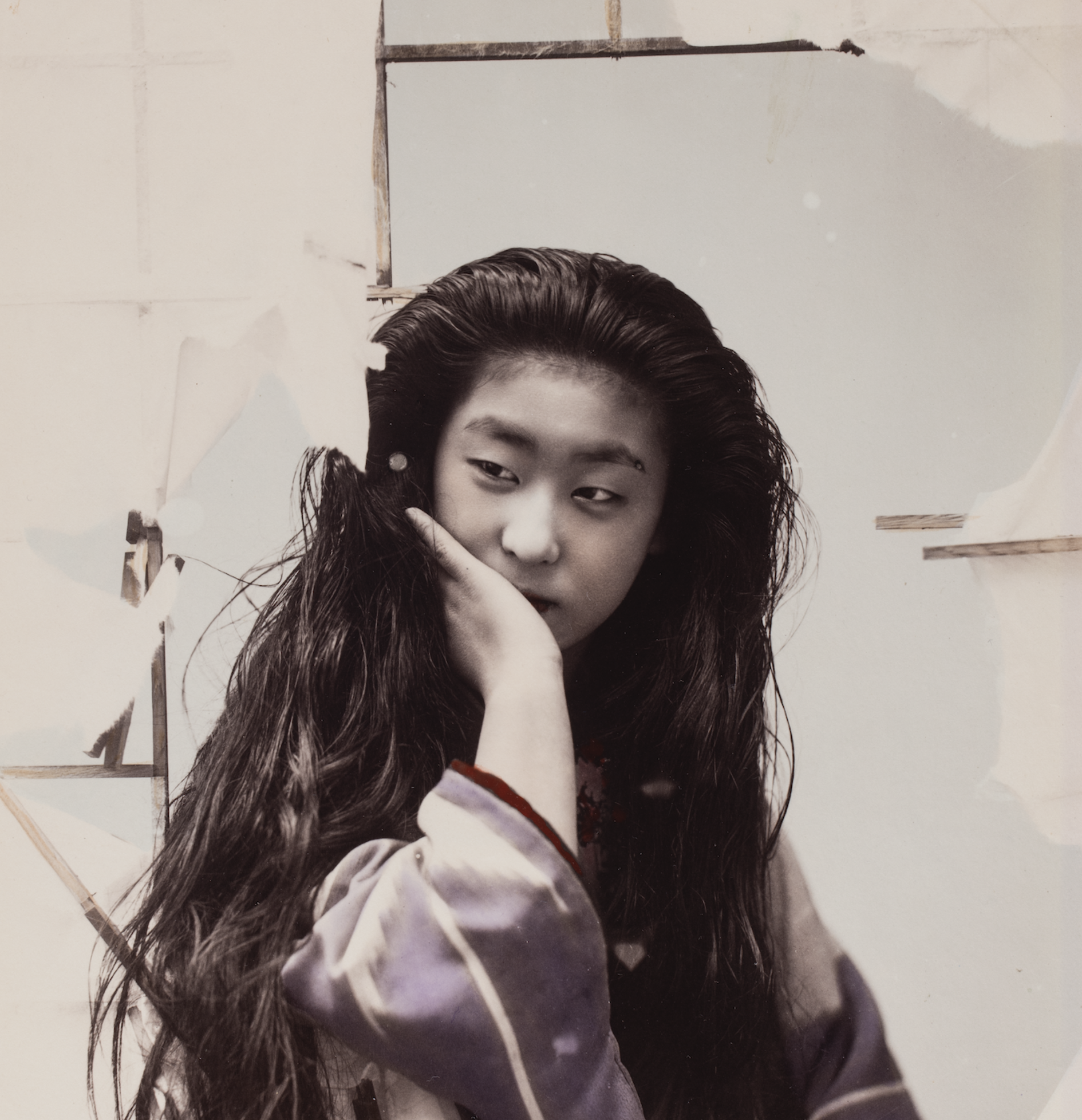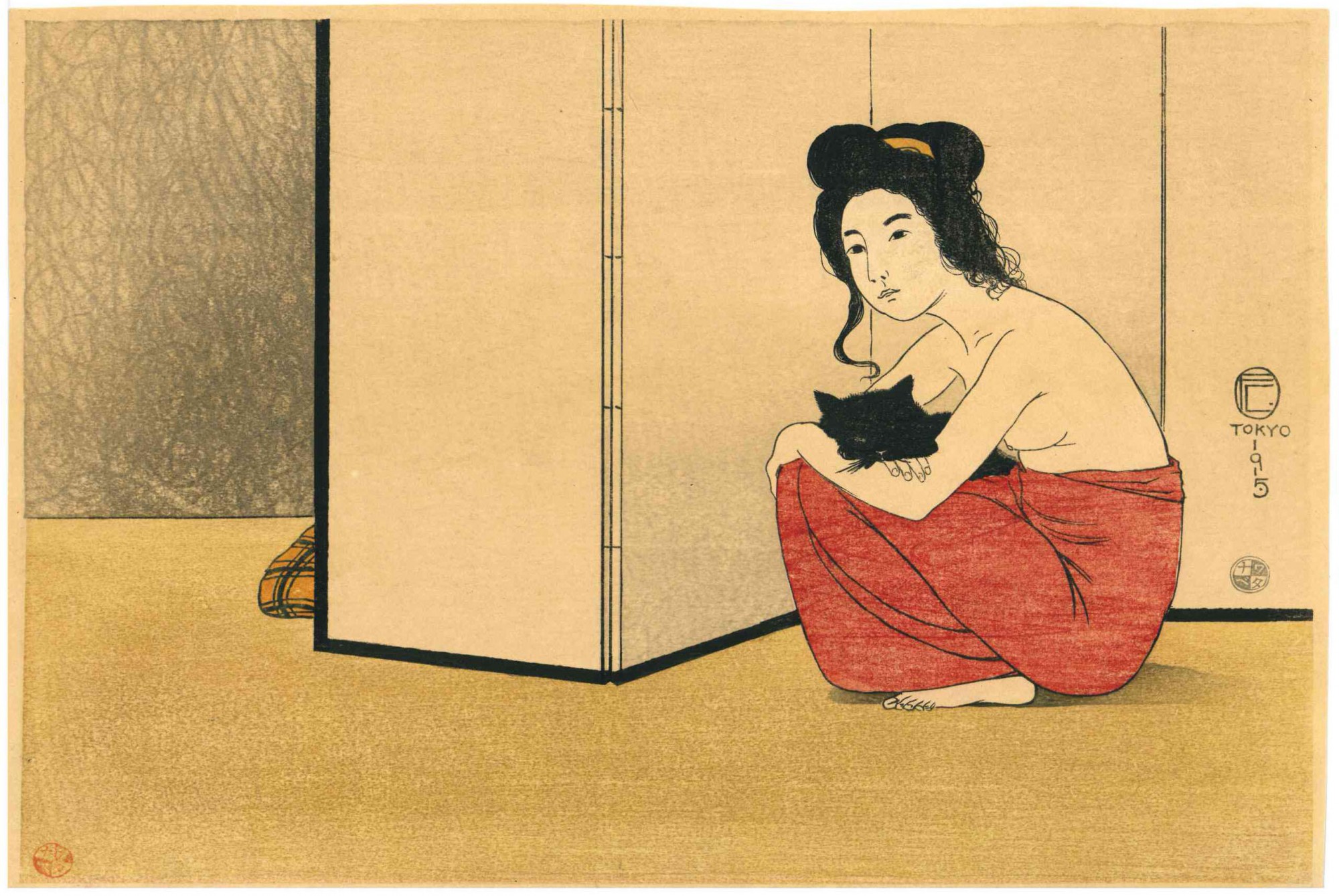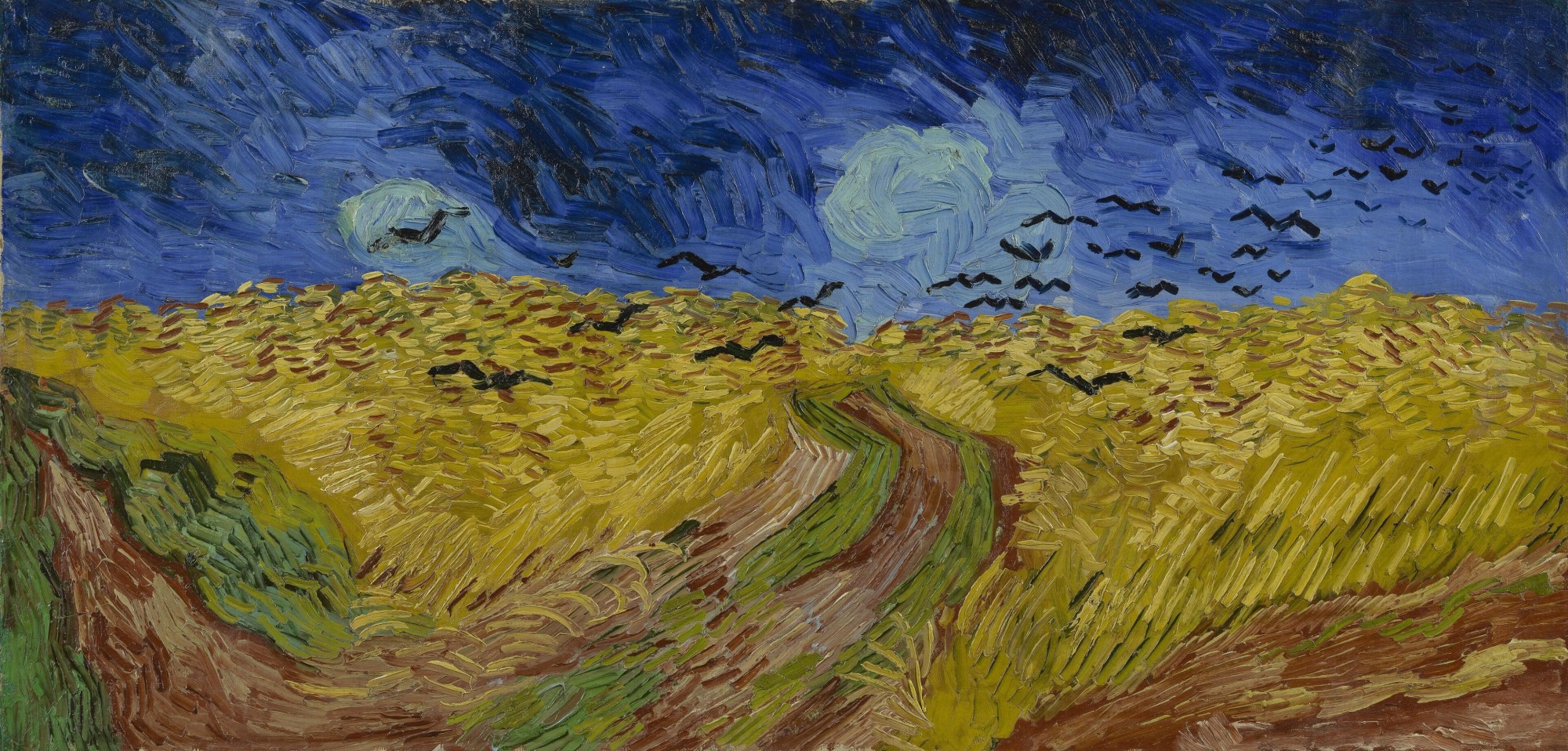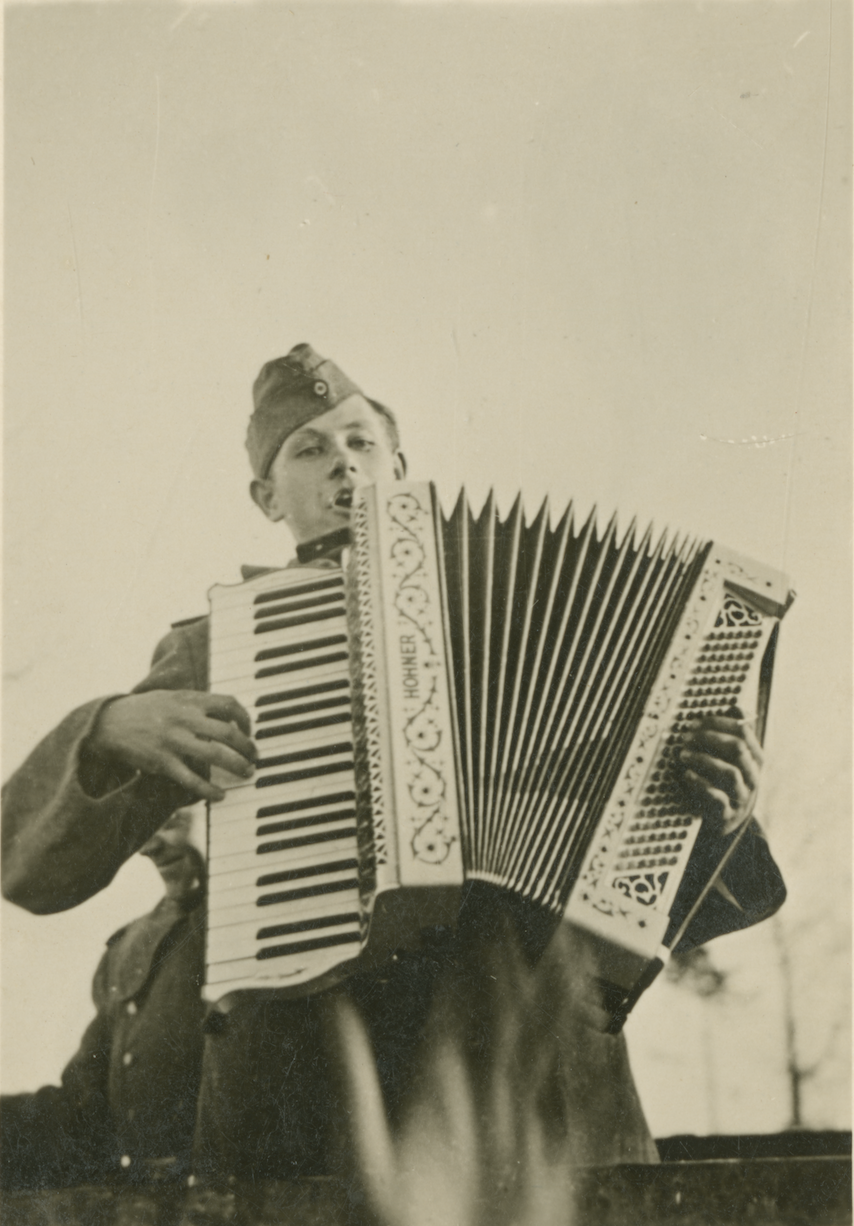The beautiful watercolors of Pierre Goetsbloets
During his doctoral studies, historian Brecht Deseure became captivated by an 18th-century Antwerp native named Pierre Goetsbloets. Deseure had discovered an extraordinary manuscript in the Royal Library in Brussels, consisting of no less than 10 volumes: the Tijdsgebeurtenissen. This voluminous chronicle was, as it were, the personal diary of Pierre Goetsbloets during the period of French rule in his beloved city. Goetsbloets hated the French and their ideals of freedom and equality. He was also a man of the ancien régime and belonged to the wealthiest citizens of Antwerp. It was with great sorrow that he saw how the French revolutionaries invaded his city in 1794 and abolished its privileges from one day to the next. Everyone was suddenly equal before the law. Goetsbloets was furious, but powerless. That is why he began to write down all the events in an obsessive way in his Tijdsgebeurtenissen. And above all, he began to depict them, using hundreds of beautiful watercolors. These drawings make his handwriting one of the most important visual sources of the period. We see how Antwerp suddenly turned blue-white-red and how a 'tree of liberty' was erected on the main city square; we recognize corners of Antwerp but also see places that no longer exist. For the book Revolutie in Antwerpen Deseure chose the most beautiful 130 watercolors, which he provided with enlightening comments. Discover more about this unique manuscript in the video above.
